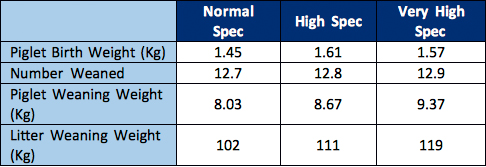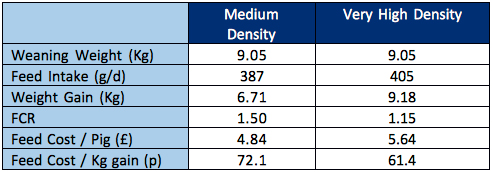Caveat Emptor - Buyer Beware
30th March 2016
I was sitting in a waiting room lately and happened to pick up a copy of the Harvard Business Review. Amongst the adverts for Rolex watches and luxury condos in the Caribbean, was an interesting article about the differing approaches businesses took to navigating through turbulent economic conditions. The article cited the results of a report which had looked at 4,700 companies and investigated how decisions made by management in recessionary times impacted on success and growth in post-recession times.
The one thing that was clear was that companies who mastered the balance between cutting costs and maintaining key investment principles tended to be most successful post-recession. The most successful cohort of all in the study, were those businesses who focussed on reducing costs selectively by focusing on operational efficiency.
As I was reading the article I thought of how these principles resonate with our industry in tough times. Anybody who knows anything about pigs knows that feed makes up the most significant cost of producing a pig. It is understandable then that in tough times, it is one of the first areas of expenditure that gets examined. There is always an option, perhaps a temptation, to shift down in the range of diets or to reformulate to take some cost out in order to relieve pressure on cash flow. Undoubtedly such decisions will yield a short term improvement in cash flow in that the feed bill at the end of the month is reduced, but the question which arises is: what impact does that decision have on longer term revenue stream? Let's take a moment to look at how decisions to de-spec diets may impact on the longer term output from your herd:
Decision 1: Lactating diet spec.
Lactator diets can vary considerably in price depending on the spec of the diet and the ingredient composition. A recent study by Craig et al., demonstrated that feeding a high spec lactator diet can mediate significant differences in litter weaning weight compared to 'average' diets. In the study, sows were offered similar levels of feed up to their maximum appetite, however, sows on the higher spec diets weaned significantly more weight compared to those on an 'average' diet. The impact that weaning weight has on lifetime performance has been well documented thus anything which can affect this negatively should be approached with caution.

Decision 2: Starter diet spec and feeding levels

In a study conducted by Magowan et al., in 2011, it was demonstrated that changes to starter diet specification do have a significant impact on performance. The results of this study demonstrated that while a very high density starter diet regime is more expensive upfront compared to a medium density regime, it is more cost effective on a feed cost per kg gain basis. In further study it was further demonstrated that offering pigs a high (12 Kg / pig) allocation of starter diets compared to a low (6 Kg / pig) allocation improved pig live weight at 24 weeks of age by 2.6 Kg and FCR by 0.09.
Quantitatively, starter diets are a small contribution to the total feed consumption by a pig but exert a significant influence on gut development and the 'mileage' than can be got out of other diets down the line so again keep lifetime efficiencies in mind when making choices here.
Decision 3: Finisher diet spec.

The big one – finisher feed. Everyone knows finisher feed constitutes the major portion of feed usage so it is the one where there is most scope to 'save' money. My colleague Dr Violet Beattie conducted a very in-depth study a few years back whereby the effect of finisher diet specification and composition was studied. In the trial 7 diets were evaluated to ascertain which approach was most cost effective: diets using cereal co products such as maize gluten feed, wheatfeed etc or diets using basic 3 way mixes of cereals and soya. In the final analysis it was clear that at similar DE contents, cereal / soya diets offered more efficient performance compared to co product type diets and that on a carcass FCR basis the impact was even more pronounced than on a liveweight basis.
Taking all of this information in tandem, I guess what I am saying is: when deciding on what regime to run with at your next feed contract, be aware of the consequences that down specking diets can have on the long term operational efficiency of your business. Naturally there are other variables such as space availability / pig flow, carcass weights etc that will mould the decision so what is right for one farm won’t necessarily be right for another. Obviously in hard times cash is King but in the long run, efficiency also rules. And to a greater extent. Caveat Emptor!
The above article was featured in Pig World in March 2016.